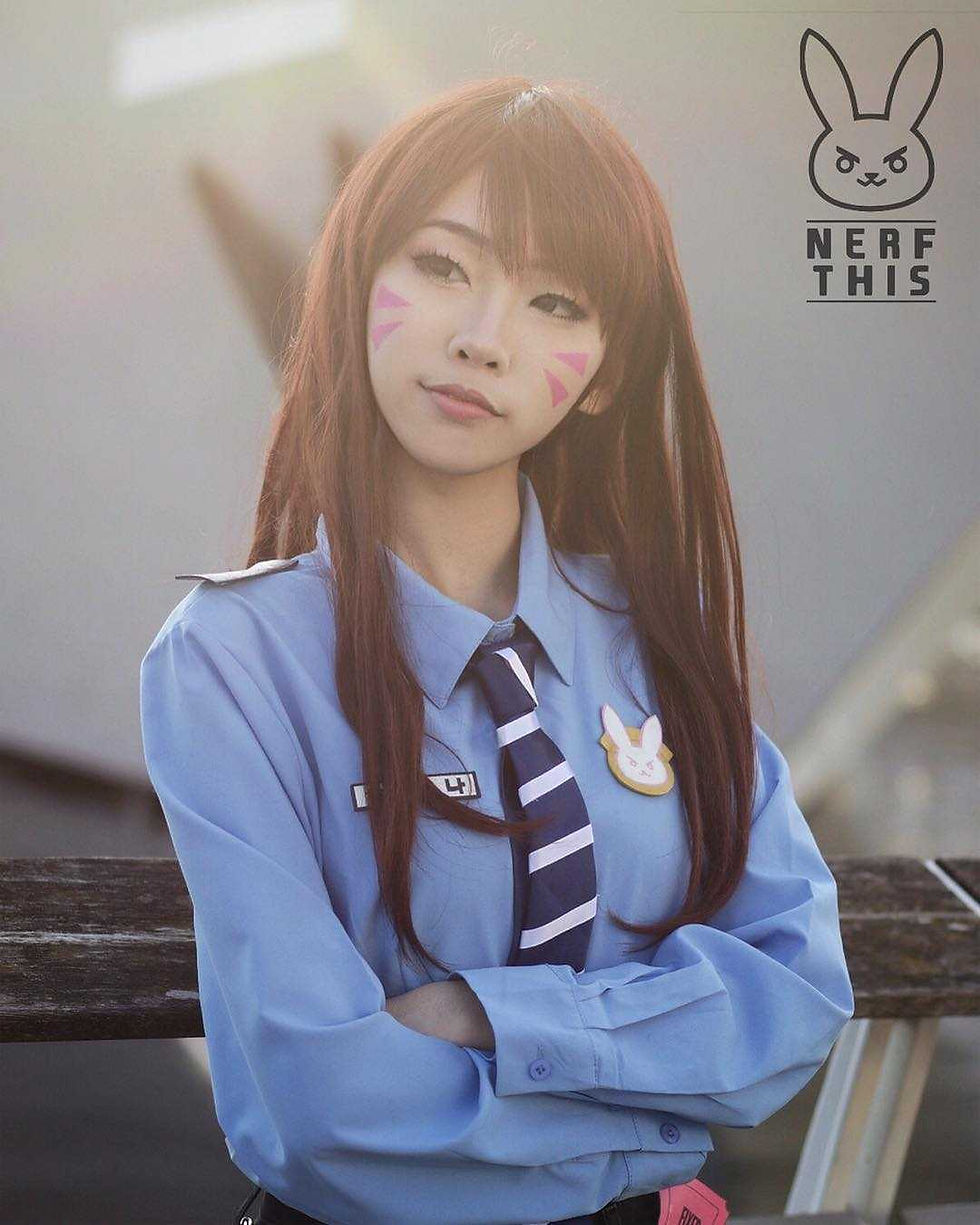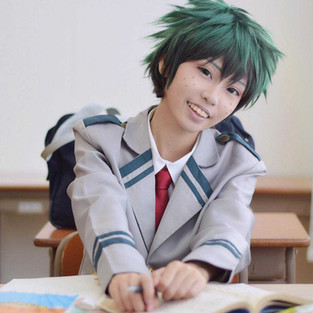Cosplay: The art of bringing characters to life
- Eva Tao
- Feb 6, 2019
- 4 min read
Updated: Mar 3, 2019
By Caitlin Jordan

It was the summer of 2016 when Ren started cosplaying. Her first encounters with cosplayers at conventions like MCM London Comic Con made her think: “They’re really cool, I want to do that.” Since then she’s developed her craft, amassed a substantial social media following, and has attended numerous events. As a cosplayer she’s known as Ren, but out of costume she’s a 17-year-old college student called Irina Ono, who’s currently busy taking exams and applying to universities.
As other activities, cosplaying comes with its fair share of expectations and hurdles when starting out. “People think they’re not good enough because they’re so used to looking at cosplayers who’ve spent years perfecting it,” she says. At the beginning, she adds, it doesn’t take a lot of preparation - first-time cosplayers should just pick a favourite character and dress up as them, regardless of their body type and skin colour. “My first cosplay was a 6-foot guy and I’m tiny,” she says.
Another aspect of cosplay is dressing up as the opposite gender, also known as “crossplay,” which is incredibly common among female cosplayers. In fact, Ren began her cosplay journey by dressing up as male characters, as she watched a lot of anime with male protagonists who quickly became her favourites. The shows she watched lacked confident female characters and she didn’t want to cosplay the “frail, stereotypical anime girl.” However, Ren has recently started to cosplay girls, too, and she credits it to Overwatch’s selection of competent female characters.

Cosplaying blurs the line when it comes to gender, and it is home to a large LGBT community. “Before cosplaying I didn’t know much about the non-binary community and that side of LGBT. I think a lot of cosplayers through cosplaying guys have realised that they prefer to be more gender neutral,” she says.
Ren finds it liberating that she can dress as a male character without major consequences, and that it’s a step towards showing others that gender doesn’t matter. “I get that question a lot: ‘are you a guy or are you a girl?’, and to me it doesn’t really matter because I’m cosplaying as that character,” she says.
Ren hasn’t disclosed her gender on her Instagram account. She thinks it’s not important and she doesn’t want her gender to influence how people see her male cosplays. “People are so obsessed with gender to the point where cosplayers constantly get harassed about it. Just because I cosplay a guy it doesn’t mean I’m trans,” she says.
Like many other cosplayers, Ren also has a donating page, where people can fund her to do cosplays they’d like to see, with donations ranging from £30 to £1000 a month, “depending on how big of a cosplayer you are.”
She stresses that money from fans isn’t a substitute for basic living needs like rent and food, which someone should still get a job for. The funding should go strictly towards cosplay production because that’s what people are paying to see.
Ren has 6,000 followers on her Instagram account. Despite it being a sizeable number, she considers her account to be small, and while she does have friends with larger followings, she thinks they’ve fallen under the pressure of having to meet their followers’ expectations. “I’m happy with the follower count I have now. If it grows, then it grows but it won’t change my attitude that much,” she says.
Ren says that the bigger cosplayers with very high follower counts tend to be women or girls who are willing to wear the more revealing outfits. “I think the follower base that comes from anime and gaming fans is still very male-dominated. There’s popular demand for it, especially from male followers. Even my girl cosplays can get more attention or feedback and at conventions more guys ask for photos,” she says.
Cosplayers are free to do what they want, although she disagrees with underage cosplaying.
Also, when lingerie photoshoots shift into nudity, she believes that the content needs to be censored. Cosplayers should think more about where they post these kinds of pictures and opt for sites like Patreon that provide warnings, unlike Instagram. “I’m totally fine with people who do it, I’m just more concerned about who sees it,” she says.
On the way to conventions Ren would get stares, especially on the underground, and while it took her some time getting used to it, eventually she realised that some people would stare at her not because they thought she was weird, but only out of genuine curiousity.
Explaining what cosplaying is can be difficult, especially when it comes to one’s personal circle. Some cosplayers struggle to tell their families, but in Ren’s case she was quite fortunate: her mother is Japanese and already knew about anime, which made her more open to the idea of cosplaying. “I was lucky in the way that she doesn’t judge me for dressing up as boys,” she says. Before Ren made friends with photographers, her mother would take photos for her.

“I think the biggest problem I had was keeping it away from my school friends because I thought it was weird or embarrassing. Even big cosplayers tend to keep that part of life separate as there’s still a stigma.”
Ren avoided telling her schoolmates about her hobby until one day she mustered the courage and told her closest friends. To her surprise, they found it “cool.” That’s when she thought, “Maybe it isn’t that bad?” Gradually, she started to tell people all about cosplaying, and the comments she received from her peers were really positive.
Positive comments have also helped to boost her confidence. She’s received threats and harassment online, but “the negatives are nothing compared to the positive comments,” she says.
Ren’s never entered a competition before, but she’d like to in the future. At conventions, she enjoys meeting fans and encourages them to approach her and have a chat with her.
“I’m happy that people are enjoying my cosplays as much as I do.”











Comments